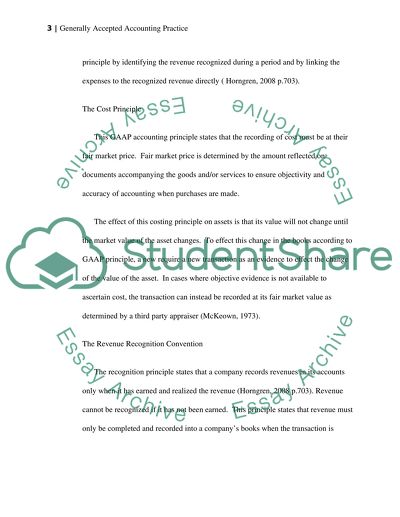Cite this document
(“Common assessment Essay Example | Topics and Well Written Essays - 1250 words”, n.d.)
Retrieved from https://studentshare.org/finance-accounting/1470258-common-assessment
Retrieved from https://studentshare.org/finance-accounting/1470258-common-assessment
(Common Assessment Essay Example | Topics and Well Written Essays - 1250 Words)
https://studentshare.org/finance-accounting/1470258-common-assessment.
https://studentshare.org/finance-accounting/1470258-common-assessment.
“Common Assessment Essay Example | Topics and Well Written Essays - 1250 Words”, n.d. https://studentshare.org/finance-accounting/1470258-common-assessment.


